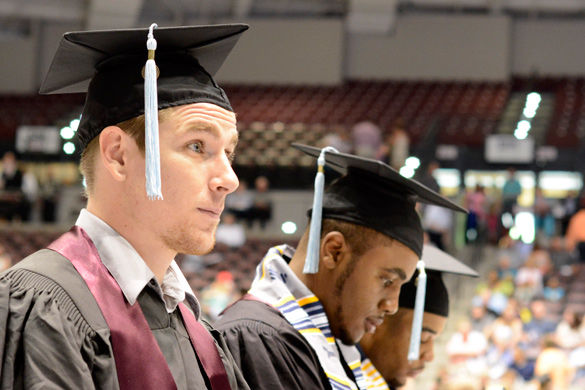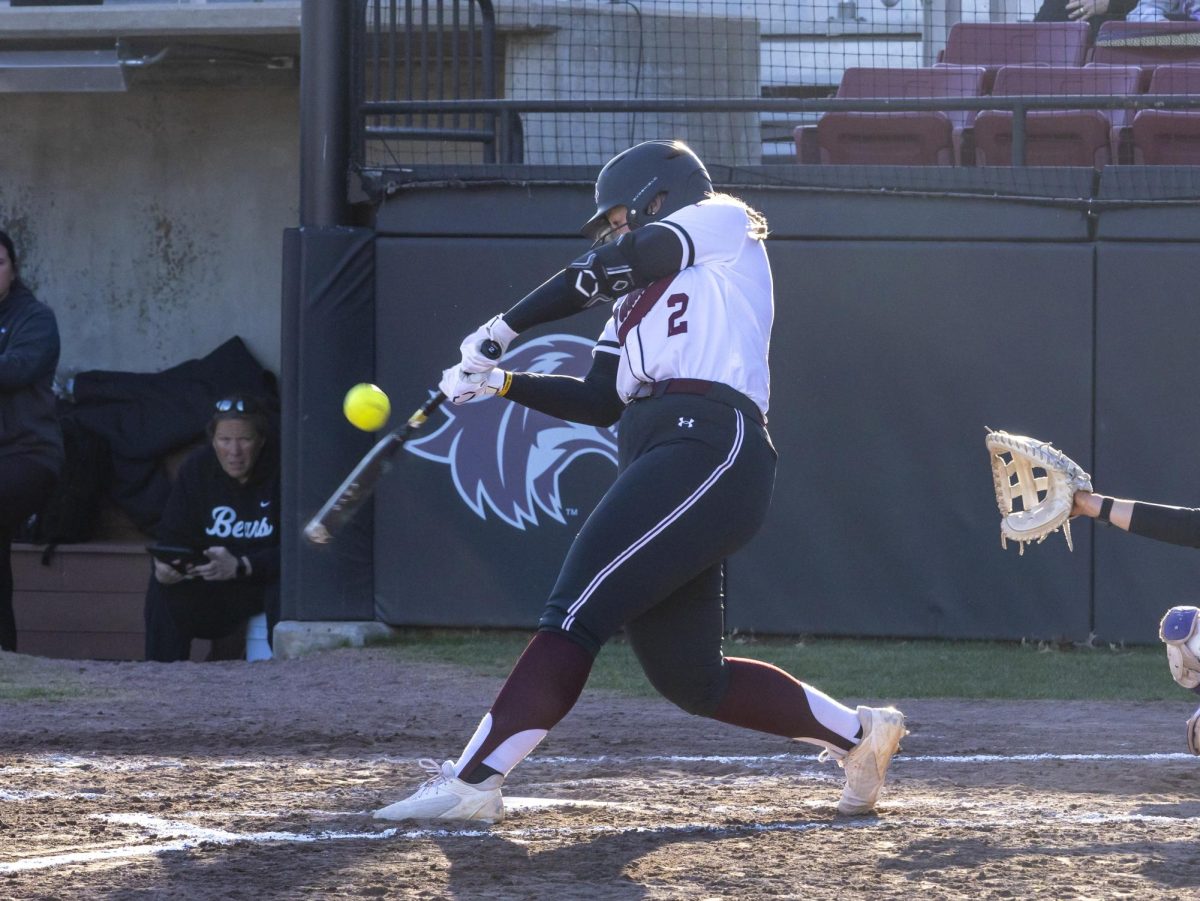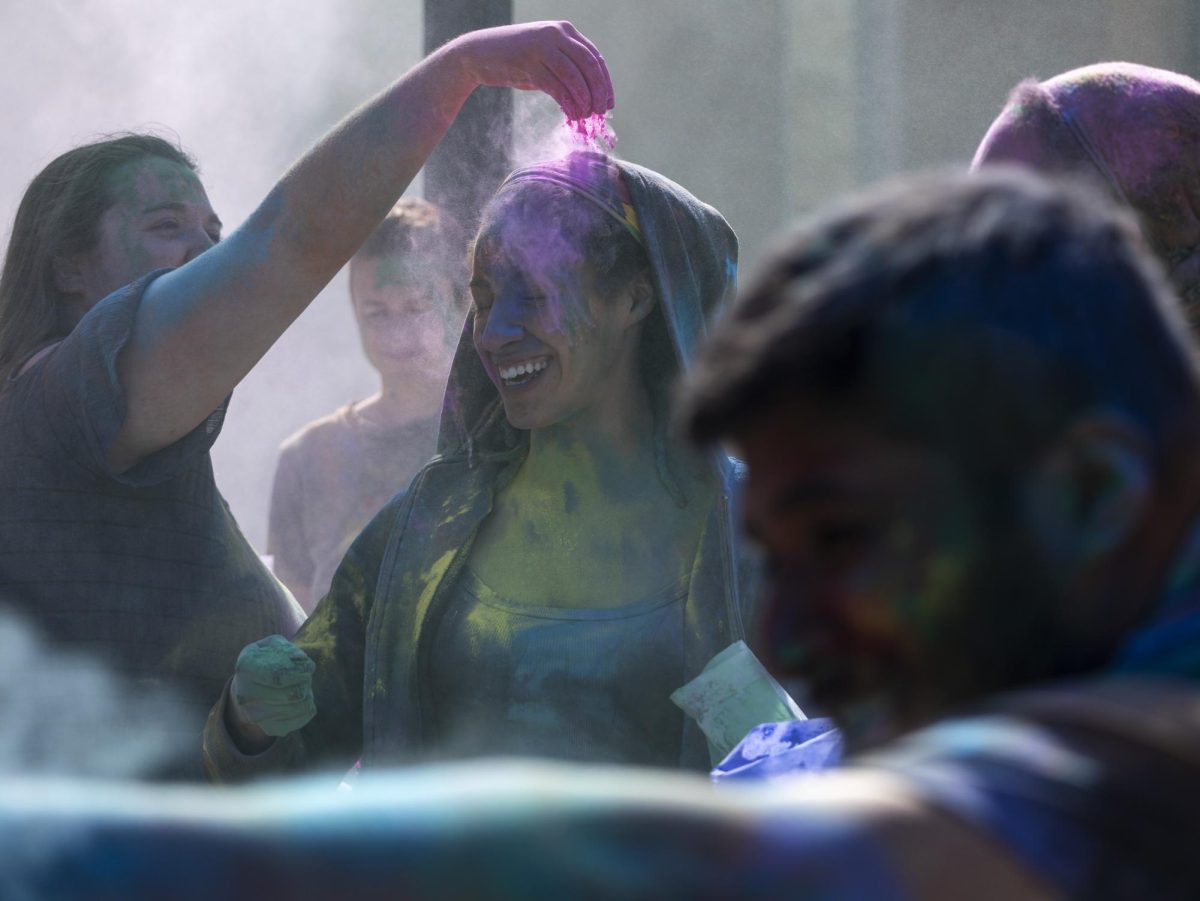Beyond the 4-year degree

April 14, 2016
The assumption that a college education should take four years is baked into American culture. Colleges in the colonial days were founded on the premise of a four-year degree, a concept imported from Europe. Harvard University experimented with a three-year degree when it was founded in 1636, but the test was short-lived, and the four-year degree has been the standard ever since. We expect students to enter college at 18 and leave when they turn 22, and we worry about those who take a more circuitous route to graduation.
But we need to reconsider that long-established, one-size-fits all model. For many students, attending college for four consecutive years is no longer the right path. The dynamic economy requires more flexibility, especially in fields outside the traditional liberal arts.
Take data science. In the last five years, there has been a sevenfold increase in demand for data scientists, according to Burning Glass, a company that analyzes job ads. But in the same time span, the requirements for the job have changed, requiring greater training in data visualization and less familiarity with deep quantitative reasoning. In this and other areas, the relevant skills are evolving so rapidly that no traditional undergraduate curriculum can keep up.
Advertisement
Instead of maintaining the four-year norm, we should reimagine a college education as a platform for lifelong learning, one that would provide students with multiple opportunities to develop soft skills as well as critical technical skills – not just between the ages of 18 and 22 but whenever necessary.
Stanford University has provided a model for how a college for life might work. In 2014, its design school developed a proposal for what it called an “open loop university,” which would admit students for six years of study that could be undertaken at any time.
Under this new system, students could start college when they were ready – at 16, 18 or 26 years old – and distribute the six years as they saw fit. They could “loop out” after two years to work for a Silicon Valley startup and then “loop in” a few years later if the startup failed or they wanted to try something else.
Students who returned after looping out could use the time that remained on their six-year clock to move toward new careers in their 30s or 50s.
Granted, students are rushed through college in part because of ever spiraling tuition prices. But new advances in the delivery of education can assist in lowering the cost of a degree, so that more time won’t necessarily equal higher prices. Online and hybrid classes, which mix virtual and face-to-face learning, are both less expensive to offer and more flexible than a traditional lecture- or seminar-based course. At the University of Central Florida, 60 percent of the university’s 53,000 students take online or hybrid classes, and can mix and match them with traditional classes in the same semester.
Students at many colleges already acquire knowledge in a variety of settings — through internships, co-curricular activities and independent research projects — yet most of the credits they earn and pay for in college are based only on the time they spend sitting in a classroom. By giving students credit for experiential learning as well, colleges could help integrate in-class education with the hands-on experiences valued by employers. This change would also help students learn how to take control of directing their professional development.
Courses in this new model for education wouldn’t need to be offered solely by traditional universities. College and universities could curate trusted sources outside their campus walls to supplement their offerings, including free open online courses; boot camps that offer short-term skill classes; and online training programs, such as Lynda.com.
Advertisement*
With an expansion of the ways higher education is provided, students wouldn’t be locked into studying at a particular place and in one set period of time. Instead, a student could move in and out of college, going back when new skills and information are needed, and higher education would become what it needs to be – a lifelong and adjustable acquisition of knowledge.
___
(c)2016 Los Angeles Times
Visit the Los Angeles Times at www.latimes.com
Distributed by Tribune Content Agency, LLC.
Advertisement









